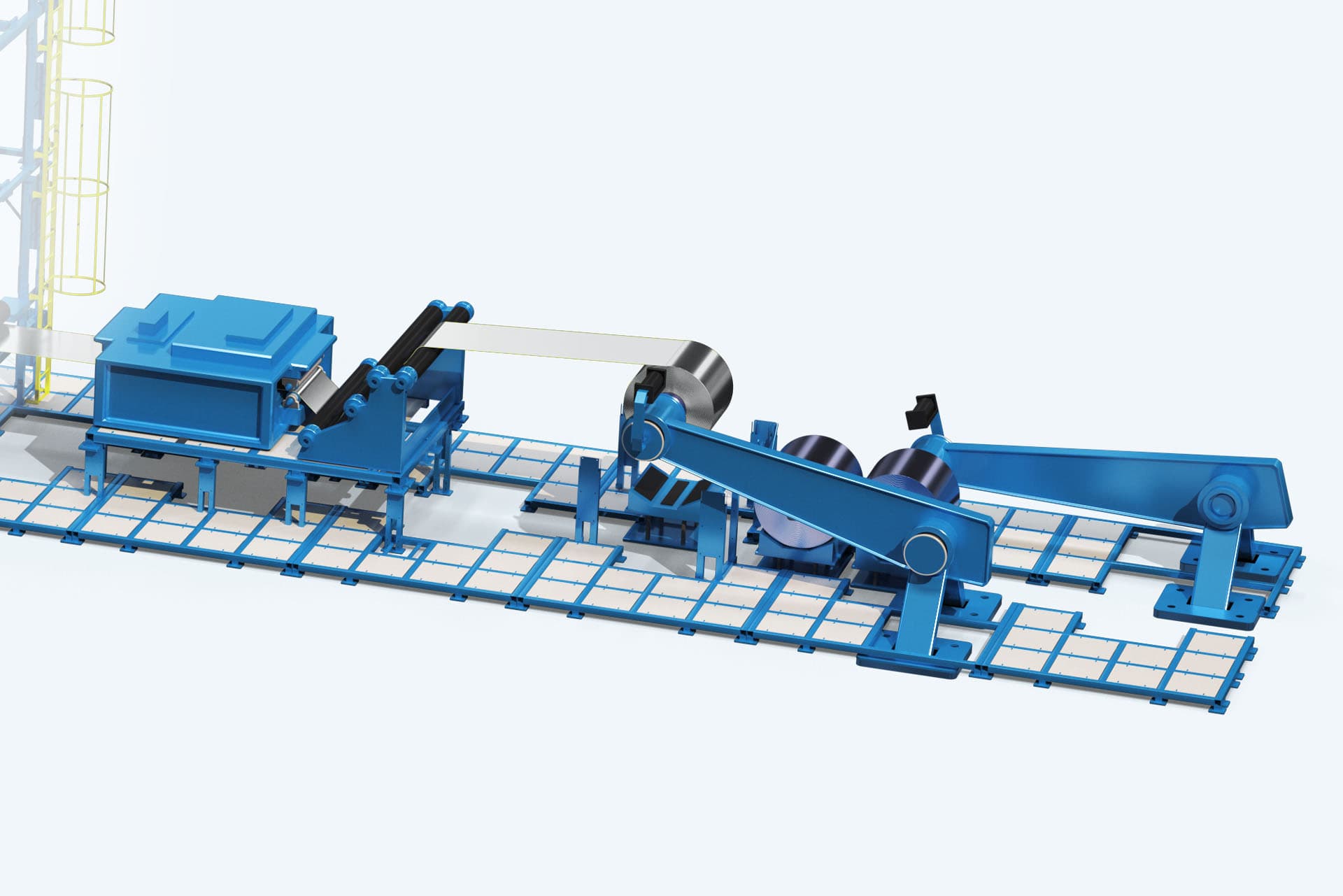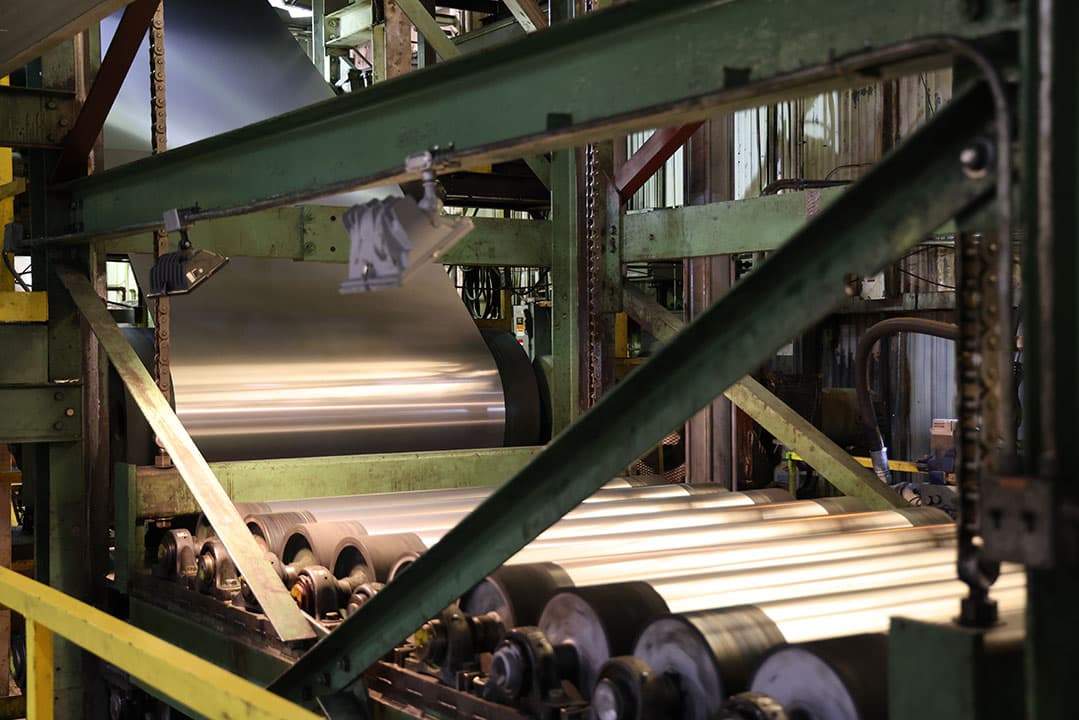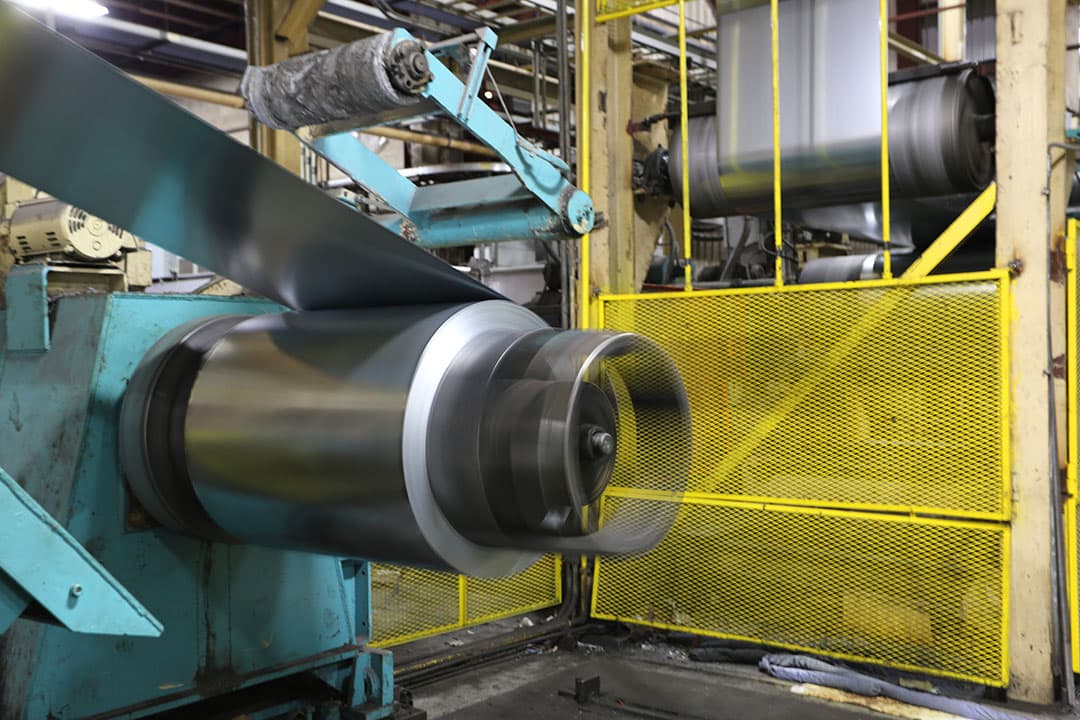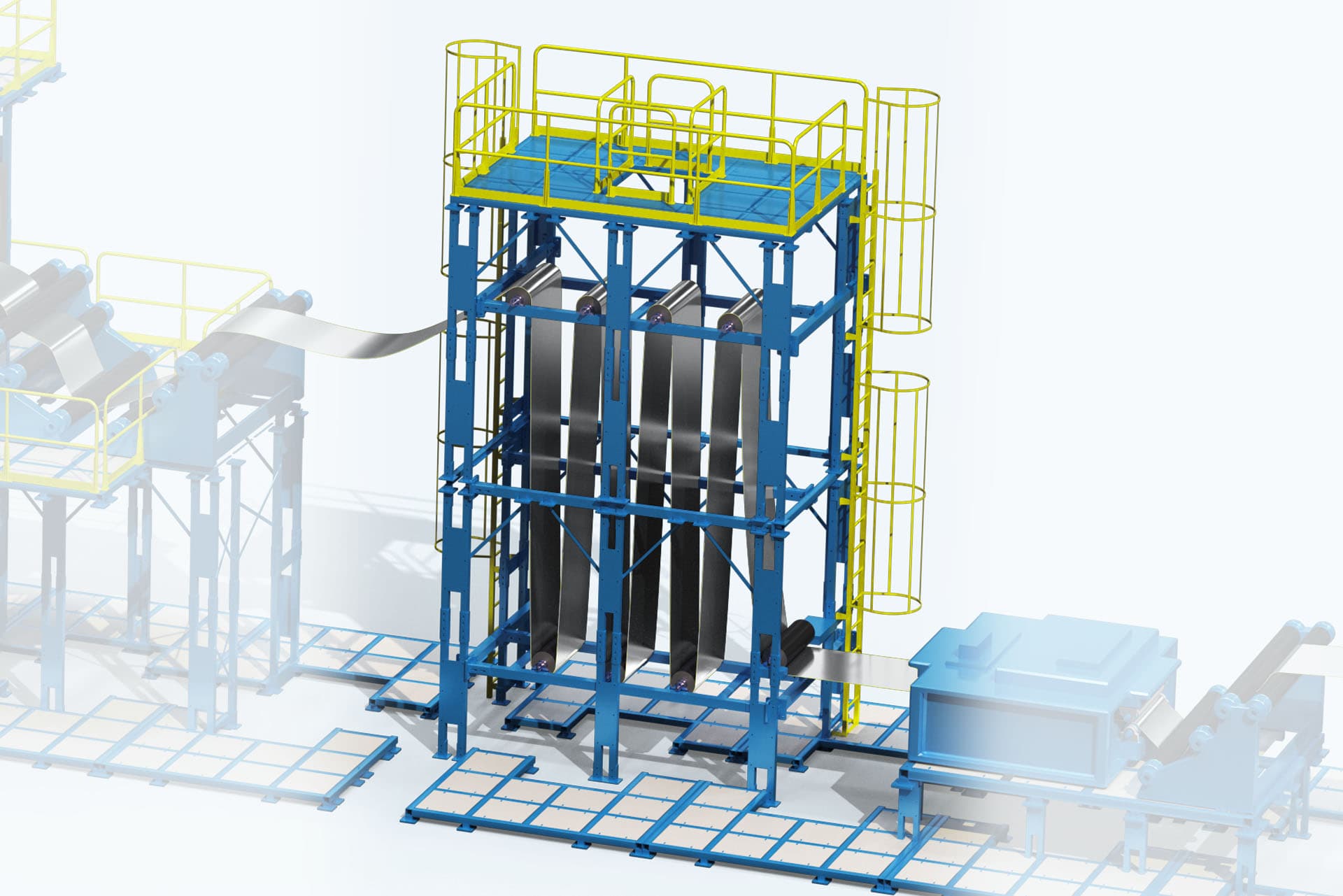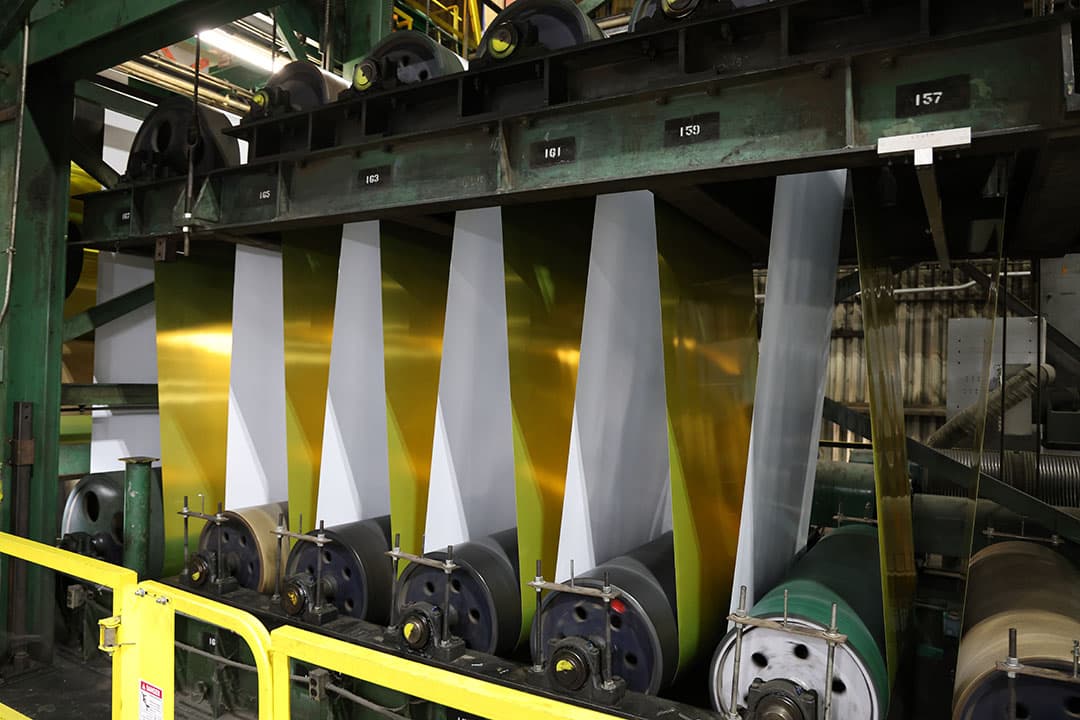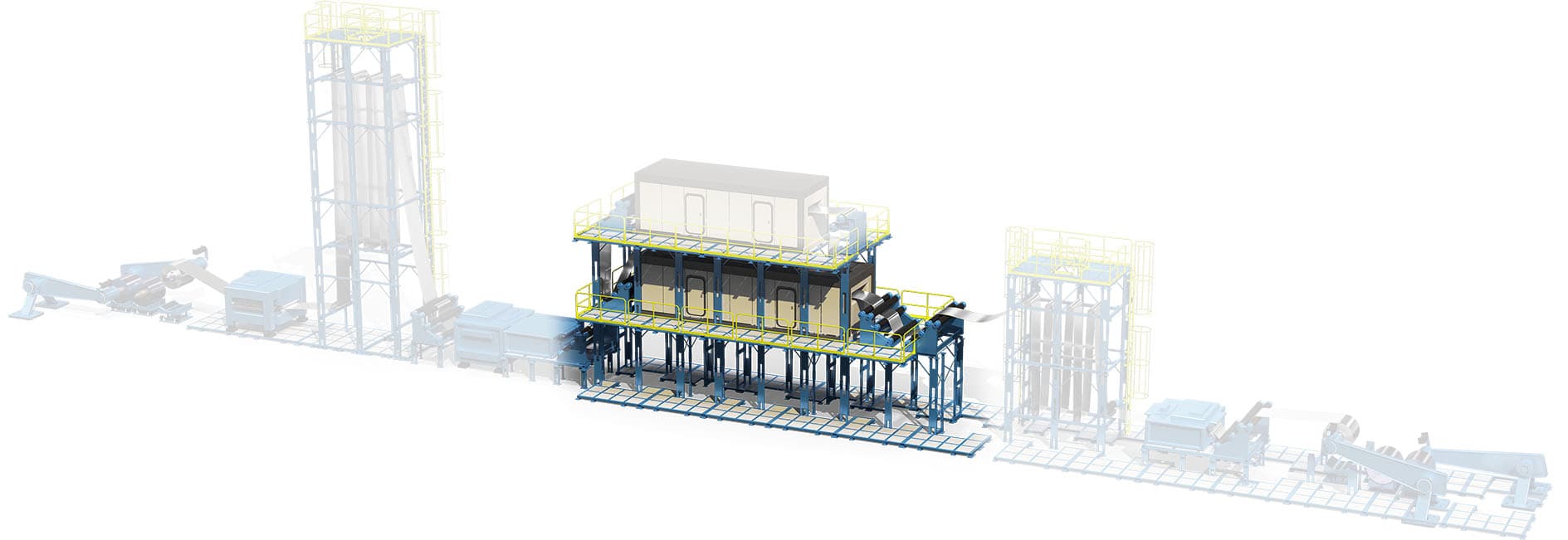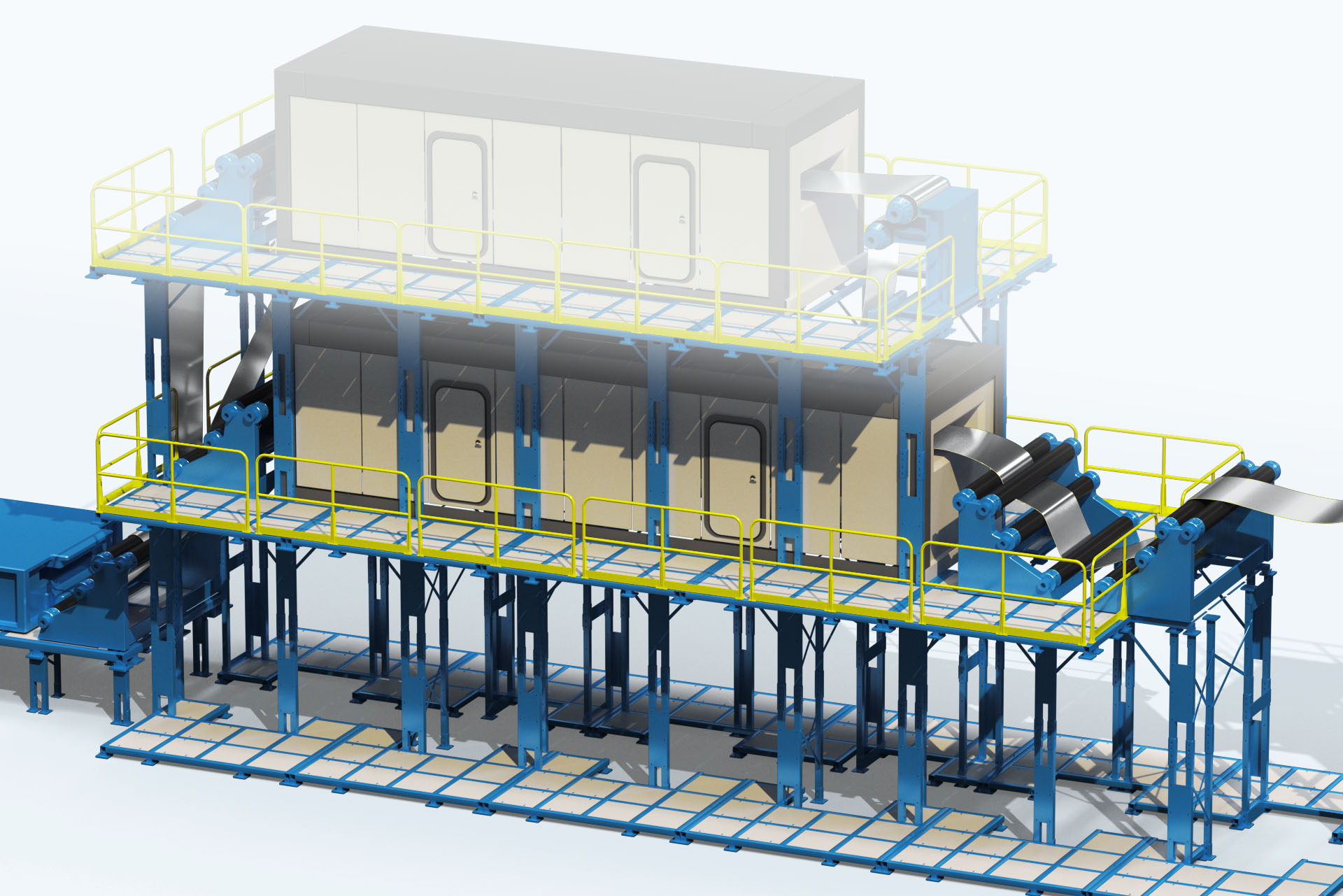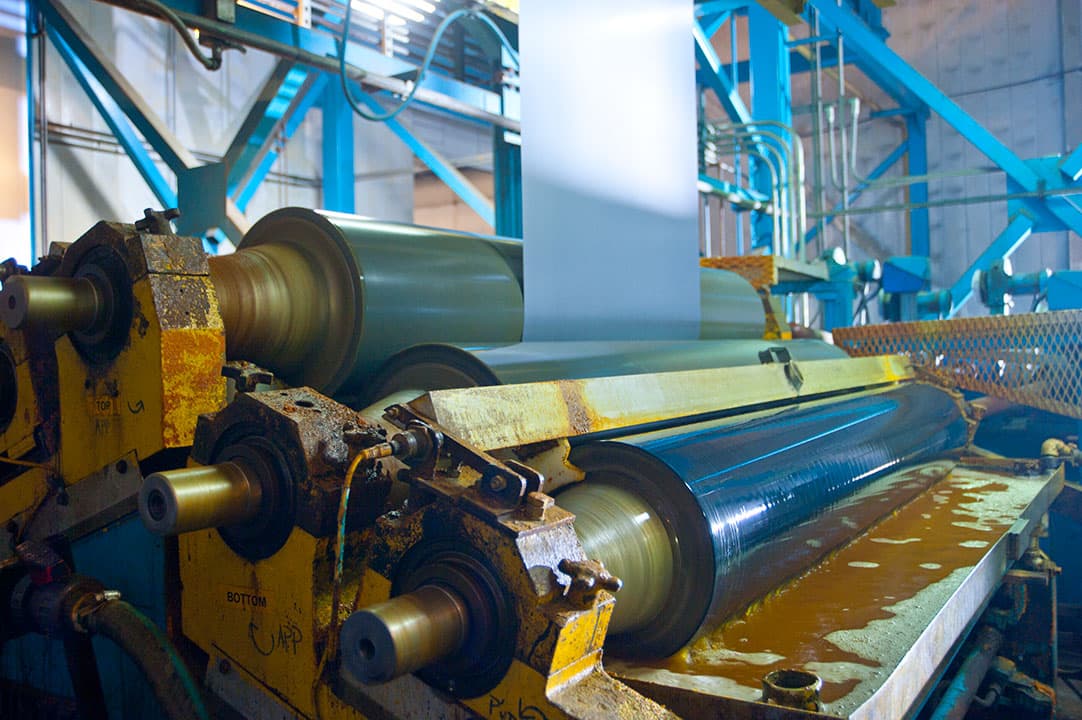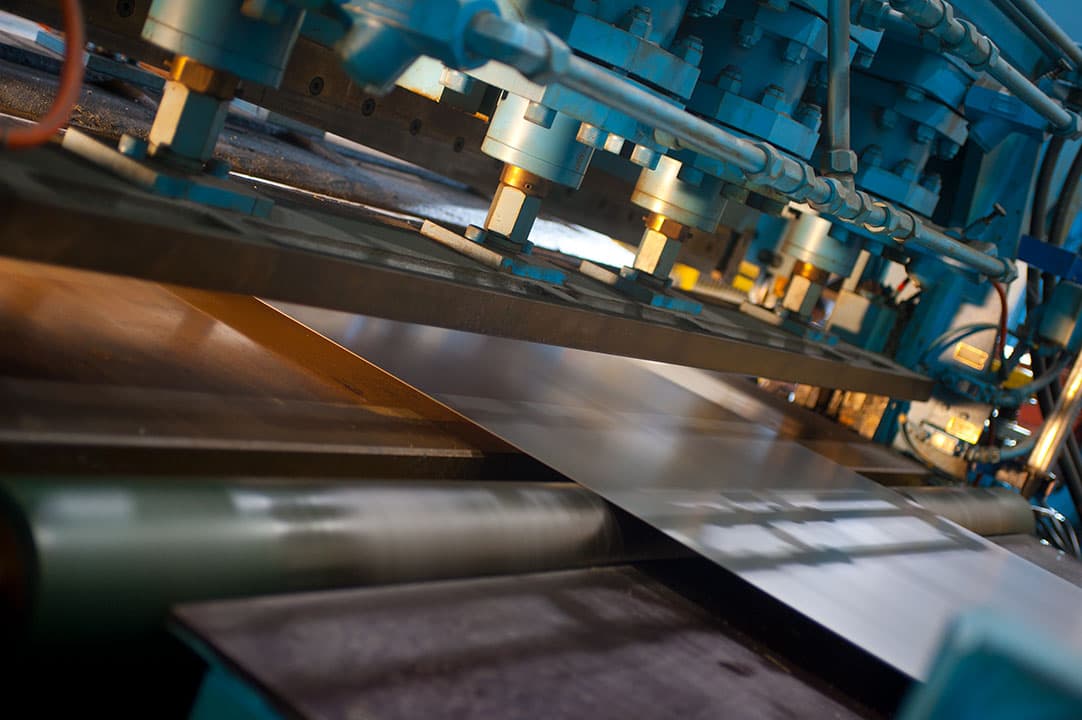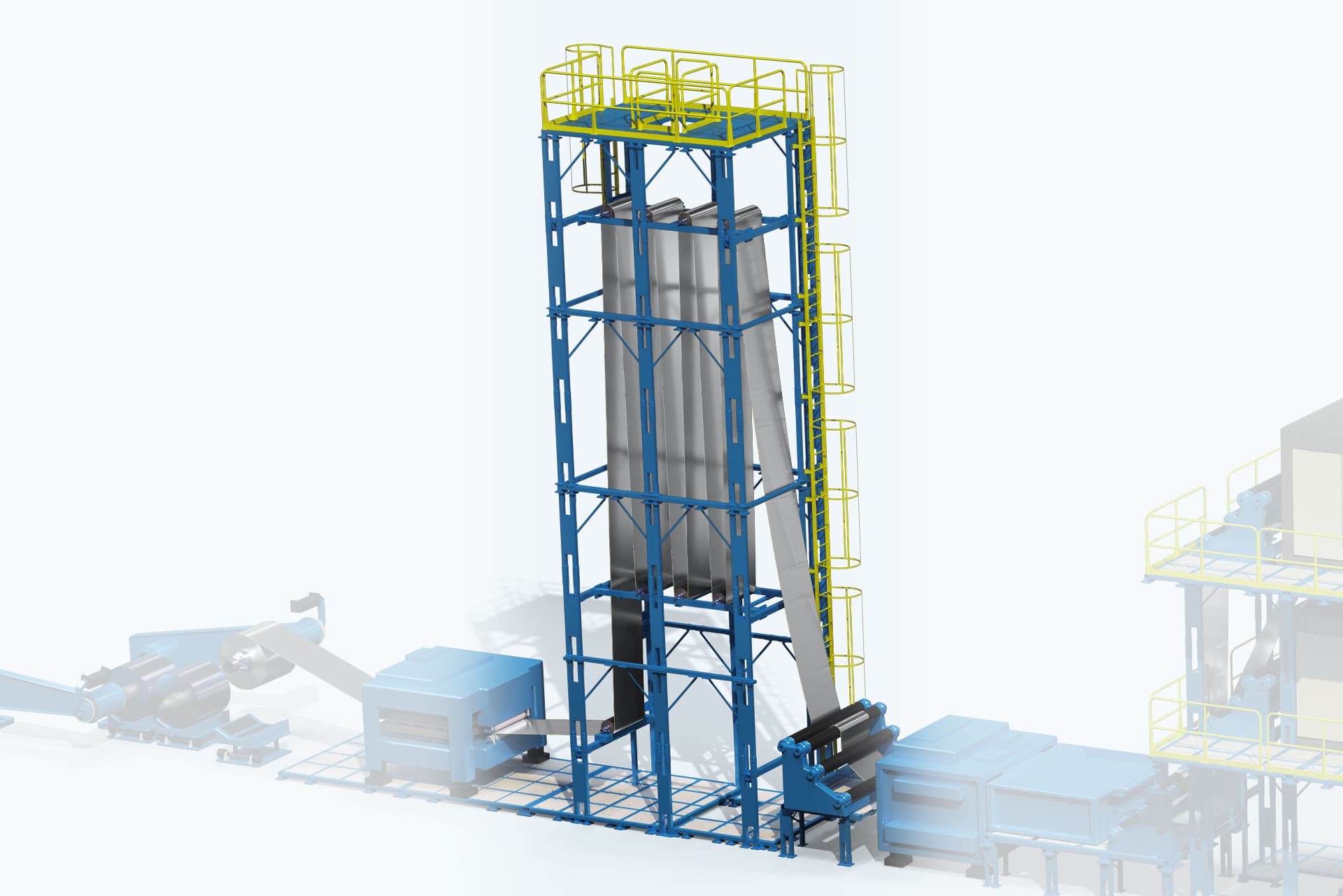When the decision is made to hot-dip galvanize, the design engineer should ensure that the pieces can be suitably fabricated for highest-quality galvanizing. Many structures and parts are fabricated using cold-working techniques, including bending. It is important to understand that, because bending-induced stresses may be released during the galvanzing process, changes in structural shape and/or alignment (warping and distortion) may result. Best practice is to keep bend diameters as large as possible when parts are bent before galvanizing. A minimum bend radius of three times the section thickness will promote optimum quality galvanized coating properties. Additional information may be found in ASTM A143 .
Since steel being galvanized is going through a temperature cycle from ambient temperature to molten zincs temperature of more than 800 F (420 C) and then back down to ambient temperature, mechanical property changes can occur, including an aging of areas on steel parts where there is a significant amount of cold-working, such as bends. This aging is called strain-age embrittlement.
When the cold-worked and galvanized part is later put in service, a fracture of the bend may occur. Fractures characteristically occur at the toe of the bend where the highest induced stress resides. If bends sharper than three times the section thickness are necessary, thermally heat-treat (stress-relieve) the article after bending prior to galvanizing in order to reduce the retained stress level in the steel article. To stress-relieve, the part should be heat-treated at 1100 F (593 C) for one hour per inch (2.5cm) of section thickness.
Design considerations courtesy of American Galvanizers Association. The AGA also has the publication, The Design of Products to be Hot-Dip Galvanized After Fabrication, available for download.





